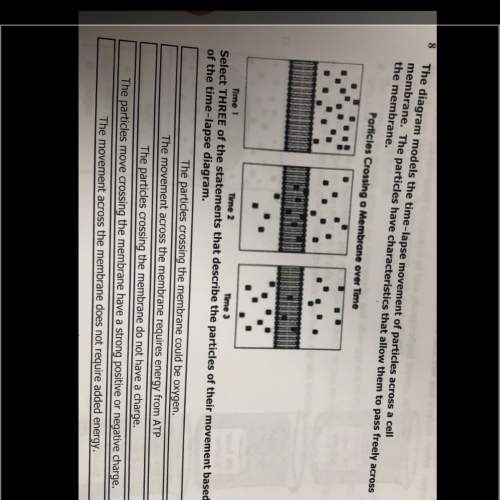
Hopefully you are getting the picture that science is a dynamic process, always changing as new information arises. Any individual experiment may include one or more of the components that have been discussed because there is no one formula for a successful scientific inquiry and no single rule book that is rigidly followed. So what does all this experimentation and data collection lead to? Firstly, research results have no impact if they are not shared with a community of peers and eventually society as a whole. Scientists working in the same research area often check each others results by repeating similar experiments. There is a great deal of both cooperation and competition in the scientific community. Contrary to popular belief science is in fact an incredibly creative process, that includes elements of challenge, surprise, careful planning, patience and persistance. It is the inquisitive mind that drives scientific progress.
Now that you have been more thoroughly introduced to the nature of science, lets try that survey from the beginning of this unit again.
1. A scientific hypothesis is best described as an "educated guess."
2. Failure to disprove a hypothesis proves that the hypothesis is correct.
3. Scientific theories are never questioned.
4. A scientific theory is based on educated guesses and is not backed up by facts/data.
5. Scientists that contribute data that contradicts an established theory are not highly regarded in the scientific community.
6. In order for an investigation to be considered scientific, a controlled experiment must be used.
7. Scientific facts are never questioned.
8. Science can only answer questions about things that can be seen and observed.
9. Untestable hypotheses fall outside the realm of scientific inquiry.
Anyone can practice science, even if they don't have highly specialized scientific education and training.
Which of the above are true?

Answers: 2
Another question on Biology

Biology, 21.06.2019 23:30
You can tell from this karyotype that the individual is female because the karyotype has two chromosomes labeled
Answers: 1

Biology, 22.06.2019 02:00
Research cheetahs on the internet what has contributed to this animal becoming "endangered" or "threatened." what animal you have chosen? -cheetah how long has the animal been endangered or threatened? what has contributed to this animal’s endangered or threatened status? why is it important to save this animal from extinction? after researching and gathering facts, write a 350-word letter from the point of view of an animal rights' activist. be sure to include at least five facts that you learned from your research.
Answers: 3

Biology, 22.06.2019 02:00
The phylogenetic tree illustrates the relationship between humans and our closest living relatives. the tree was based on biochemical comparisons, including dna and amino acid sequences. according to the biomolecular data, we could infer that
Answers: 1

Biology, 22.06.2019 04:00
Will mark brainliest i only need the ! 1.use ten beads and a centromere of one color to construct the long chromosome. use ten beads and a centromere of a second color to construct the second chromosome in the long pair. make a drawing of the chromosomes in the space below. 2. for the second pair of chromosomes, use only five beads. 3. now model the replication of the chromosomes. make a drawing of your model in the space below. part b: meiosis i during meiosis i, the cell divides into two diploid daughter cells. 4. pair up the chromosomes to form tetrads. use the longer tetrad to model crossing-over. make a drawing of the tetrads in the space below. 5. line up the tetrads across the center of your “cell.” then model what happens to the chromosomes during anaphase i. 6. divide the cell into two daughter cells. use the space below to make a drawing of the result. part c: meiosis ii during meiosis ii, the daughter cells divide again. 7. line up the chromosomes at the center of the first cell, one above the other. separate the chromatids in each chromosome and move them to opposite sides of the cell. 8. repeat step 7 for the second cell. 9. divide each cell into two daughter cells. use the space below to make a drawing of the four haploid cells
Answers: 1
You know the right answer?
Hopefully you are getting the picture that science is a dynamic process, always changing as new info...
Questions

Chemistry, 28.01.2020 05:31

Mathematics, 28.01.2020 05:31


Mathematics, 28.01.2020 05:31


Biology, 28.01.2020 05:31

Social Studies, 28.01.2020 05:31


Biology, 28.01.2020 05:31





Mathematics, 28.01.2020 05:31




History, 28.01.2020 05:31


Mathematics, 28.01.2020 05:31




